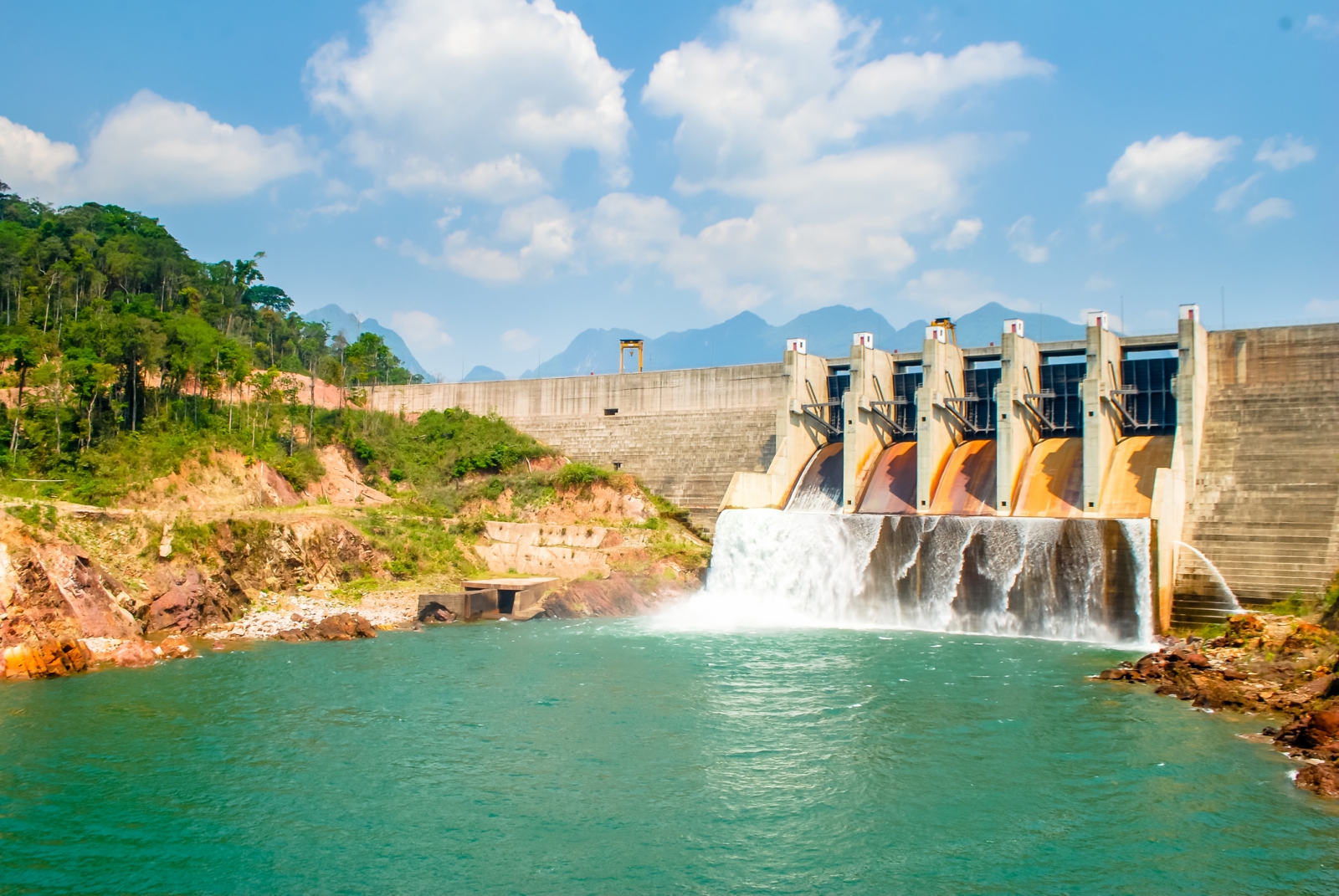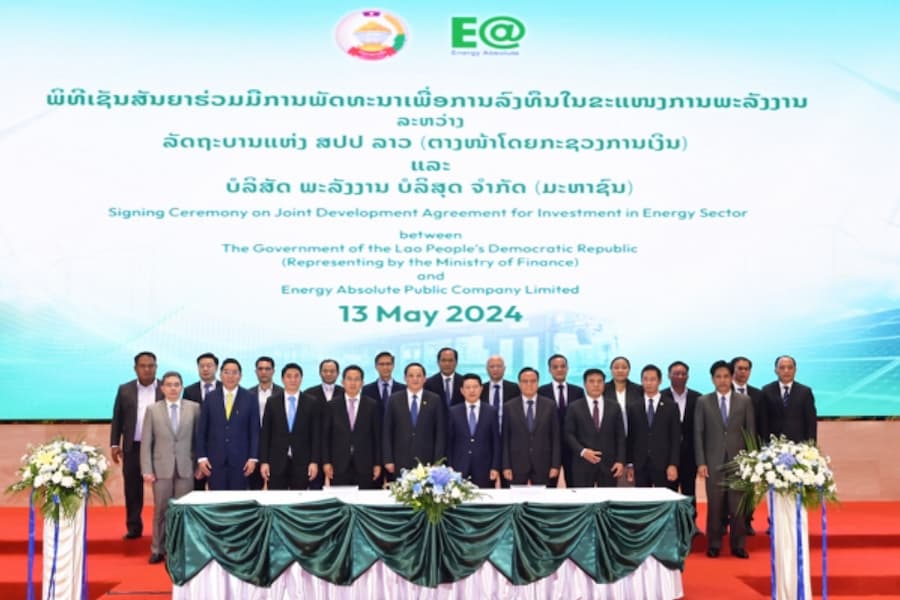
(Photo: iStock)
Laos is ambitiously pursuing renewable energy development, recently announcing a collaboration with Thailand's Energy Absolute (EA) to jointly develop hydropower and electric vehicles. This initiative is expected to boost Laos' revenue within three years and propel it towards its goal of becoming the "Battery of Asia."
The two parties plan to establish a joint venture, "Super Holding," which will manage and distribute green electricity. It will also oversee clean energy investments and electricity exports in Laos. Initially, the joint venture will undertake hydropower projects with a total installed capacity of over 7GW. Future projects include the development of floating solar and energy storage systems.
EA's CEO Somphote Ahunai stated that this collaboration will create added value for Laos, enhance its competitiveness, and address long-term economic instability.
In efforts to reduce dependency on imported oil, Laos has been actively promoting the EV industry. EA, often referred to as the "Tesla of Thailand," has been granted a 25-year concession to increase the proportion of EVs and the number of charging stations in Laos.
Additionally, EA will spearhead fundraising activities with a target of raising $1 billion. This funding will help Laos boost its international reserves, reduce debt, strengthen the local currency, and restore investor confidence.

Laos signed renewable energy agreement with EA on May 13. (Photo: EA)
In recent years, Laos has been vigorously developing hydropower and wind power, exporting at low prices to neighboring countries like Thailand and Vietnam, thus generating significant foreign exchange income.
In May 2024, Vietnam approved the procurement of wind power from Laos' Truong Son wind farm, which has a capacity of 250 MW and is expected to be operational by 2025. Laos has proposed a ceiling price of 6.95 cents per kWh, lower than Vietnam's feed-in tariffs of around 8.5 to 9.8 cents.
Laos' national power generation capacity is about 11 GW, with hydropower as the main source, accounting for 83%. The Laotian government plans to increase the share of non-hydropower energy sources such as solar, wind, and biomass to 30% by 2025 to diversify risks. Among these projects is the Monsoon Wind Farm in Sekong and Attapeu provinces, which has a scale of 600 MW and is expected to start operations in 2025, making it one of the largest onshore wind farms in Laos.
Source: The Nation, The Investor, Earth Journalism Network



